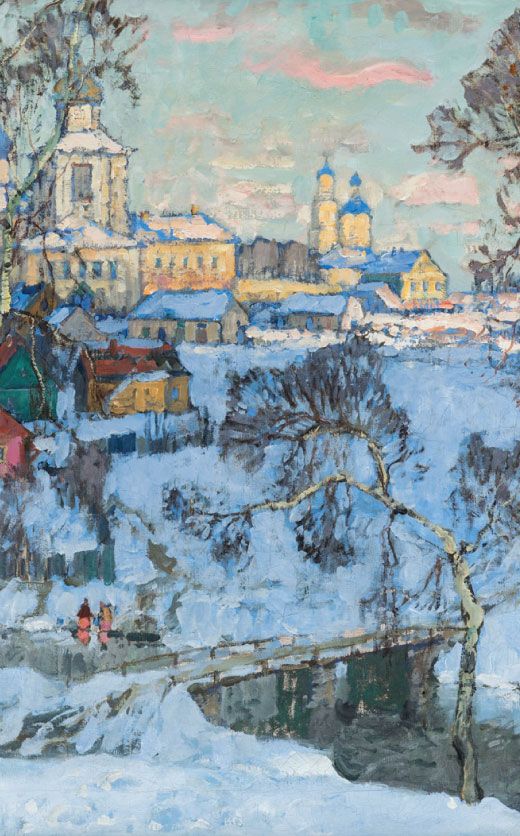Gabon Mahongwe Metal & Rattan Rattle
Lot 63a
About Seller
Artemis Fine Arts
686 S Taylor Ave, Ste 106
Louisville, CO 80027
United States
Selling antiquities, ancient and ethnographic art online since 1993, Artemis Gallery specializes in Classical Antiquities (Egyptian, Greek, Roman, Near Eastern), Asian, Pre-Columbian, African / Tribal / Oceanographic art. Our extensive inventory includes pottery, stone, metal, wood, glass and textil...Read more
Categories
Estimate:
$1,000 - $1,800
Absentee vs Live bid
Two ways to bid:
- Leave a max absentee bid and the platform will bid on your behalf up to your maximum bid during the live auction.
- Bid live during the auction and your bids will be submitted real-time to the auctioneer.
Bid Increments
| Price | Bid Increment |
|---|---|
| $0 | $25 |
| $300 | $50 |
| $1,000 | $100 |
| $2,000 | $250 |
| $5,000 | $500 |
| $10,000 | $1,000 |
| $20,000 | $2,500 |
| $50,000 | $5,000 |
| $100,000 | $10,000 |
| $200,000 | $20,000 |
About Auction
By Artemis Fine Arts
Aug 22, 2025
Set Reminder
2025-08-22 10:00:00
2025-08-22 10:00:00
America/New_York
Bidsquare
Bidsquare : Indigenous Art - Ralph T. Coe Center, Santa Fe, NM
https://www.bidsquare.com/auctions/artemis-gallery/indigenous-art---ralph-t-coe-center-santa-fe-nm-20324
Featuring works of art from the Ralph T. Coe Center for the Arts in Santa Fe, New Mexico, a non-profit focused on promoting Indigenous Arts globally. All proceeds from the sale of these items will support future grants to Rehoming Program participants. Artemis Fine Arts info@artemisfinearts.com
Featuring works of art from the Ralph T. Coe Center for the Arts in Santa Fe, New Mexico, a non-profit focused on promoting Indigenous Arts globally. All proceeds from the sale of these items will support future grants to Rehoming Program participants. Artemis Fine Arts info@artemisfinearts.com
- Lot Description
West Africa, Gabon, Mekambo region, Mahongwe people, ca. early to mid-20th century CE. A rattle alive with both sound and symbolism, its form a union of shimmering brass and handwoven rattan. The Mahongwe are closely linked to the Kota (also known as Bakota) people of Gabon, sharing both their language and the spiritual tradition known as "Bwete." This cult practice centered on reliquaries containing the bones of revered village chiefs, exhumed from forest burials and placed in bark boxes or baskets together with other potent substances. These reliquaries, also called "Bwete," were adorned with guardian figures known as "mbulu-nulu" and consulted in times of crisis. The Mahongwe developed a distinctive style, often labeled "naja" in European terminology, characterized by the use of brass sheet and narrow strips known as "osseyba." In this example, repousse-worked brass plates form a protective, stylized face, flanked by radiating strips that catch the light. Size: 2.6" L x 3.1" W x 11.8" H (6.6 cm x 7.9 cm x 30 cm); 12" H (30.5 cm) on included custom stand.
The elongated handle is bound with fiber rope in alternating light and dark bands, leading to a bulbous rattle chamber woven from natural fibers and filled with seeds. Both musical instrument and ritual object, this rattle speaks to the Mahongwe's mastery of metalwork and basketry, as well as to the enduring resonance of the Bwete tradition.
Provenance: Ralph T. Coe Center for the Arts, Santa Fe, New Mexico, USA, acquired in 2010 via descent; ex-private collection of Ralph T. Coe, Santa Fe, New Mexico, USA
All items legal to buy/sell under U.S. Statute covering cultural patrimony Code 2600, CHAPTER 14, and are guaranteed to be as described or your money back.
A Certificate of Authenticity will accompany all winning bids.
We ship worldwide and handle all shipping in-house for your convenience.
#196118Denting to metal, commensurate with age. Otherwise, intact, excellent, and functional with light patina throughout.Condition
- Shipping Info
-
All shipping is handled in-house for your convenience. Your invoice from Artemis Fine Arts will include shipping calculation instructions. If in doubt, please ask before bidding for estimated shipping costs for individual items.
-
- Buyer's Premium



 EUR
EUR CAD
CAD AUD
AUD GBP
GBP MXN
MXN HKD
HKD CNY
CNY MYR
MYR SEK
SEK SGD
SGD CHF
CHF THB
THB













